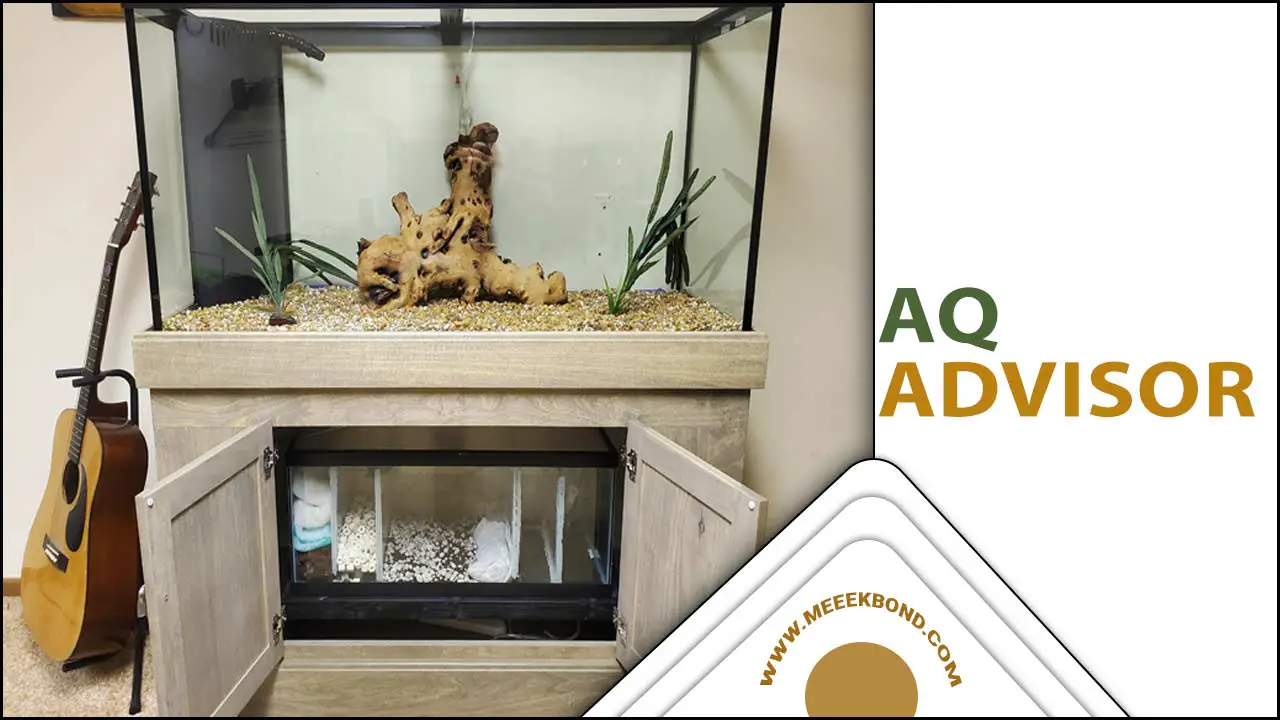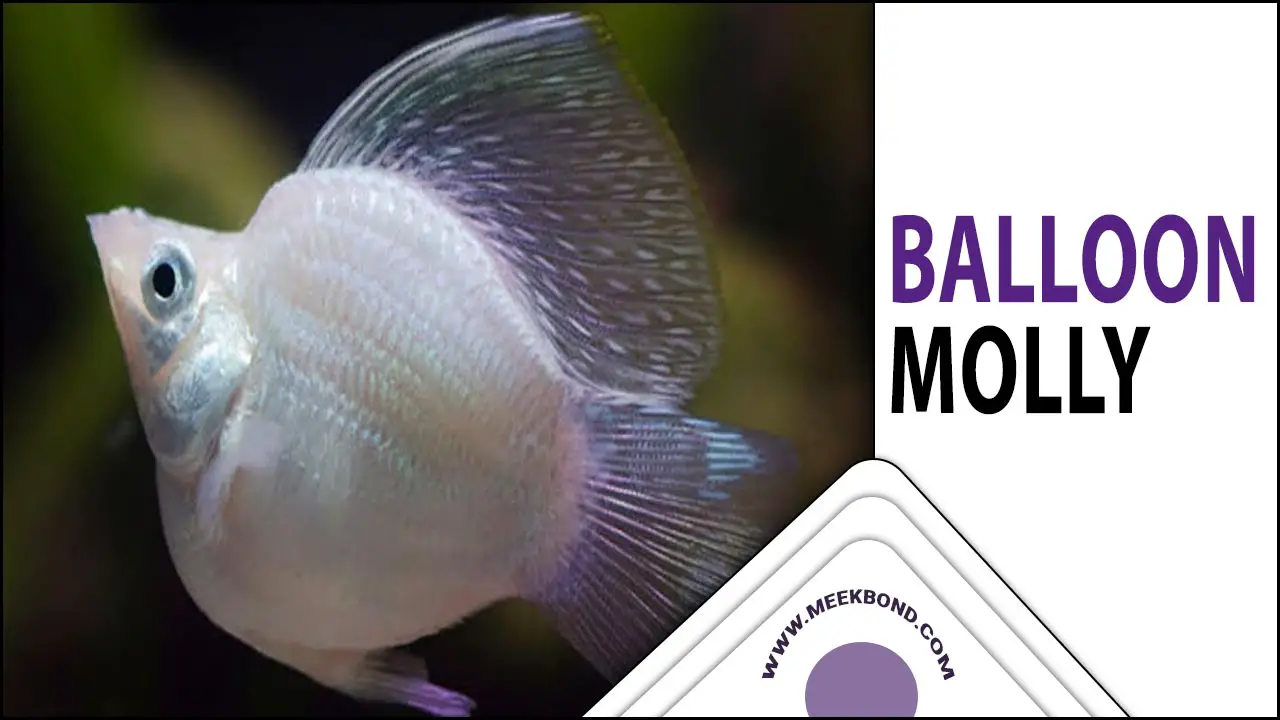Transferring fish to new tank may seem like a daunting task, especially for beginner fishkeepers. However, with the right tools and knowledge, it can be a stress-free and straightforward process.
When moving fish to a new environment, it is essential to think about their safety and well-being. Proper preparation and planning are crucial to ensure that your fish make a smooth transition and thrive in their new home. Here, we will discuss the essential steps you need to take to transfer fish to a new tank.
We will cover everything from the equipment you need to prepare, how to acclimate your fish to the new water, and what to do once they are settled into their new tank. Whether you are upgrading to a larger tank or just starting out, this guide will provide you with the necessary steps to ensure a successful transfer.
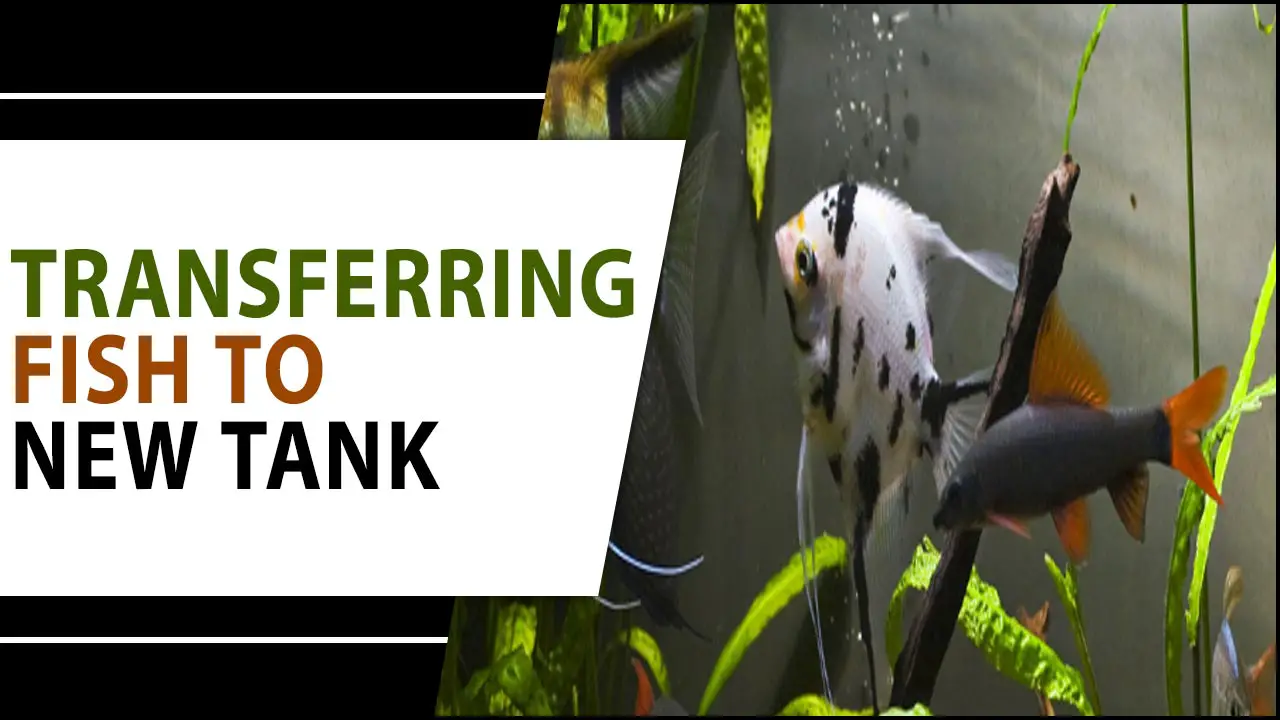
Transferring Fish To New Tank-Step By Step Guide
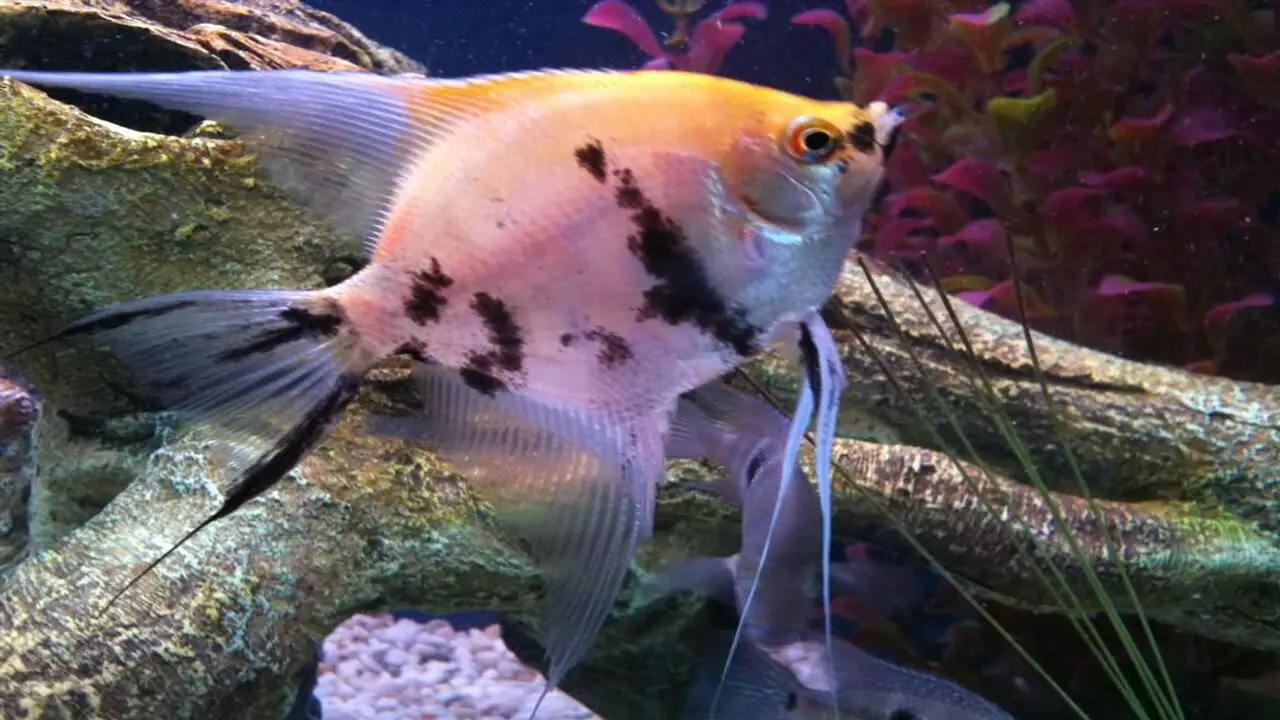
To ensure a smooth transferring fish to new tank, following a step-by-step guide is essential. Start by preparing the new tank, cleaning it thoroughly, and setting up all the necessary equipment, such as filters, heaters, and decorations. Next, acclimate the fish to the new tank water by slowly introducing it over a period of time, allowing them to adjust to the new environment.
Carefully catch the fish using a net and transfer them to the new tank, being gentle to avoid stress or injury. Monitor the fish closely in the first few days for any signs of stress or illness, and test the water regularly to maintain optimal conditions for the fish. Following these steps can ensure a successful and stress-free transition for your aquatic pets. Scroll down to get the details of the process in the steps presented below.
Preparing The Old Tank For The Transfer
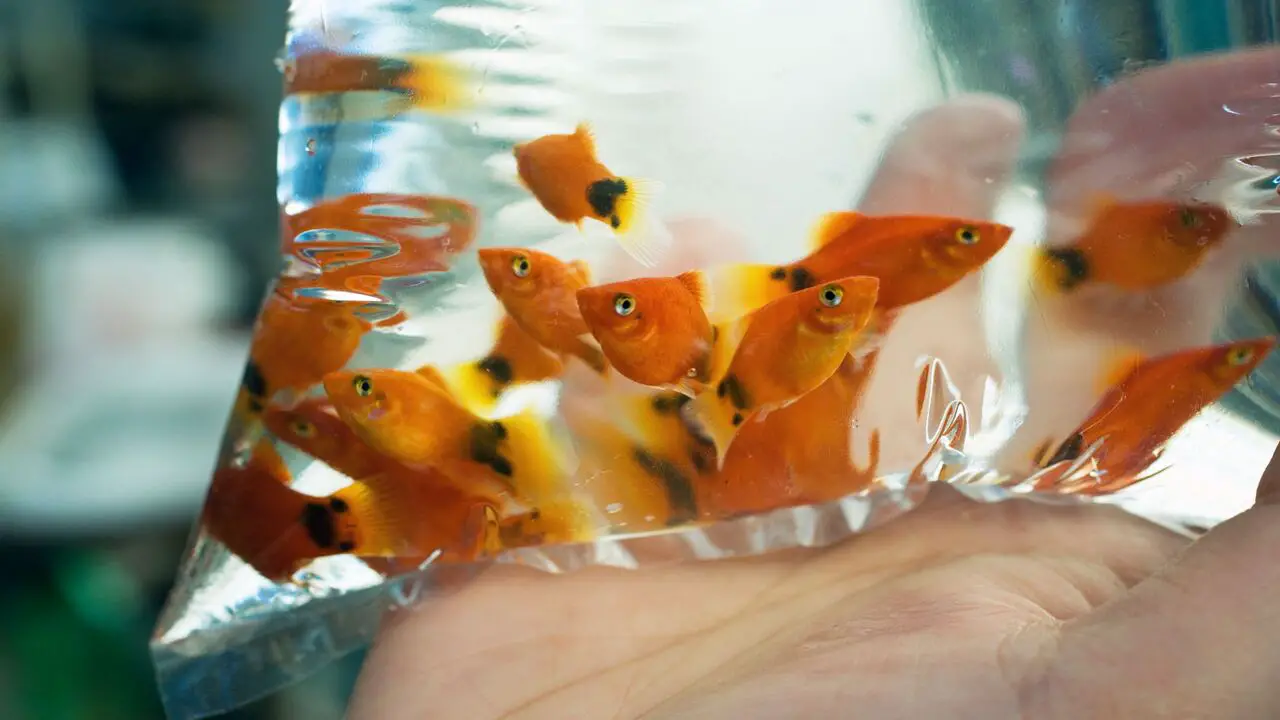
The first step is to thoroughly clean the tank, both inside and out, to remove any residue or debris. This can be done by using specialized cleaning agents and equipment, or by manual scrubbing. It is also important to inspect the tank for any signs of damage or wear, such as cracks, leaks, or rust. If any issues are found, they should be repaired or addressed before the transfer process begins. Another aspect of preparing the old tank is to ensure that it is emptied of all contents and properly labelled. This includes removing any hazardous or toxic materials and disposing
Safely Remove Fish From The Old Tank
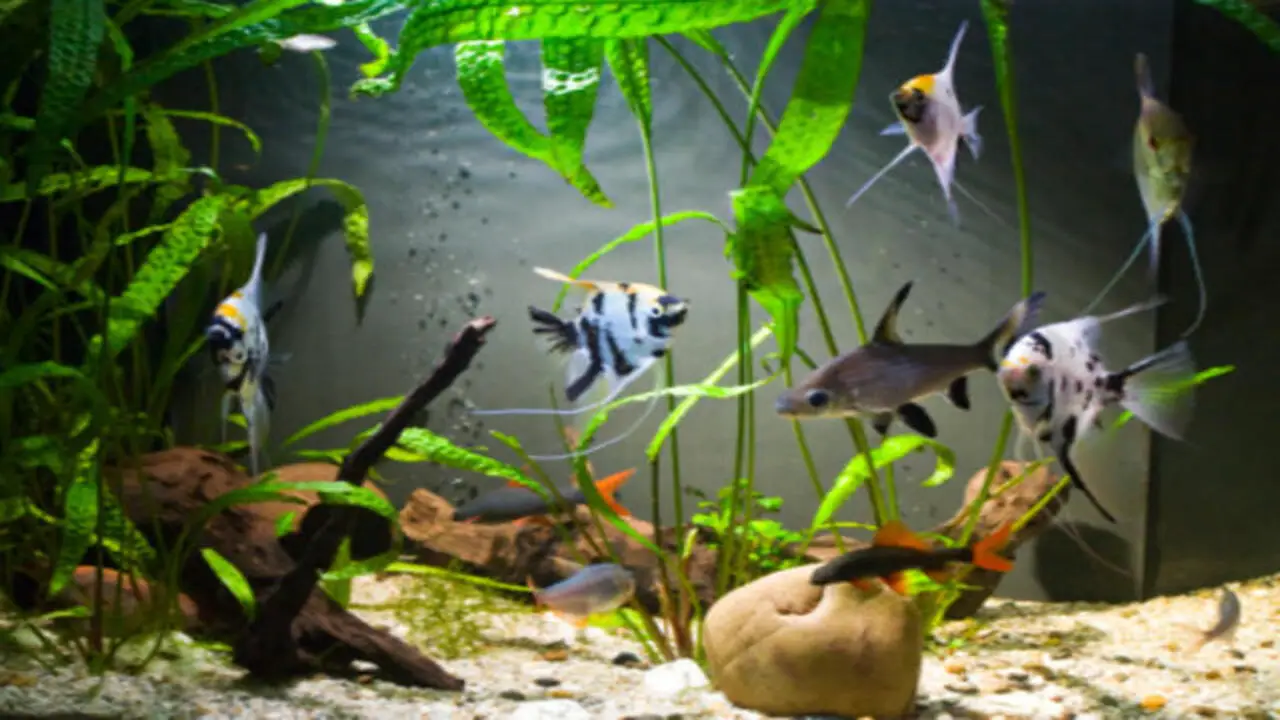
To prepare the old tank for the transfer, thoroughly clean it and remove any debris or waste. Check the water parameters to ensure they are safe for the fish, and consider quarantining them in a separate tank beforehand.
When transferring fish to a new tank, it is important to safely remove them from the old tank to minimize stress and ensure their well-being. Follow a few steps to ensure a safe and stress-free transfer for your fish when moving them to a new tank. Here are some steps to help you safely transfer your fish:
- Turn off any equipment in the old tank, such as filters or heaters, to prevent injury during the transfer.
- Use a clean net or container to gently catch the fish one at a time. Avoid using your hands, as this can damage their delicate scales and fins.
- Transfer the fish to a clean and appropriately-sized container filled with water from the old tank. Make sure the water temperature and parameters match those of the new tank.
- Cover the container with a lid or mesh netting to prevent the fish from jumping out.
- Carefully transport the fish to the new tank and slowly acclimate them by floating the container in the new tank for about 15 minutes. This will allow them to adjust to the temperature and water conditions.
- Gently release each fish into their new home, taking care not to introduce any water from the old tank into the new tank.
Setting Up The New Tank
Choosing the right size tank for your fish is crucial to their well-being. Set up the new aquarium with appropriate filtration, heating, and decorations. When transferring fish to a new tank, it is important to properly set up the tank to ensure the well-being of the fish. Here are some steps to follow when setting up a new tank:
- Clean the tank: Before adding any water or fish, thoroughly clean the tank with warm water and mild detergent. Rinse well to remove any residue.
- Add substrate: Choose an appropriate substrate for your fish and add it to the bottom of the tank. This will provide a natural environment for them.
- Decorate the tank: Add decorations such as rocks, plants, and caves to create hiding spots and areas of interest for your fish.
- Install filtration system: Set up a filtration system that is suitable for your tank size and fish species. This will help maintain water quality and keep your fish healthy.
- Cycle the tank: Allow the tank to cycle for several weeks before adding any fish. This will establish beneficial bacteria that help break down waste in the water.
- Test water parameters: Regularly test the water parameters such as pH, ammonia, nitrite, and nitrate levels to ensure they are within acceptable ranges for your fish.
How To Add And Adjust Water In The New Tank
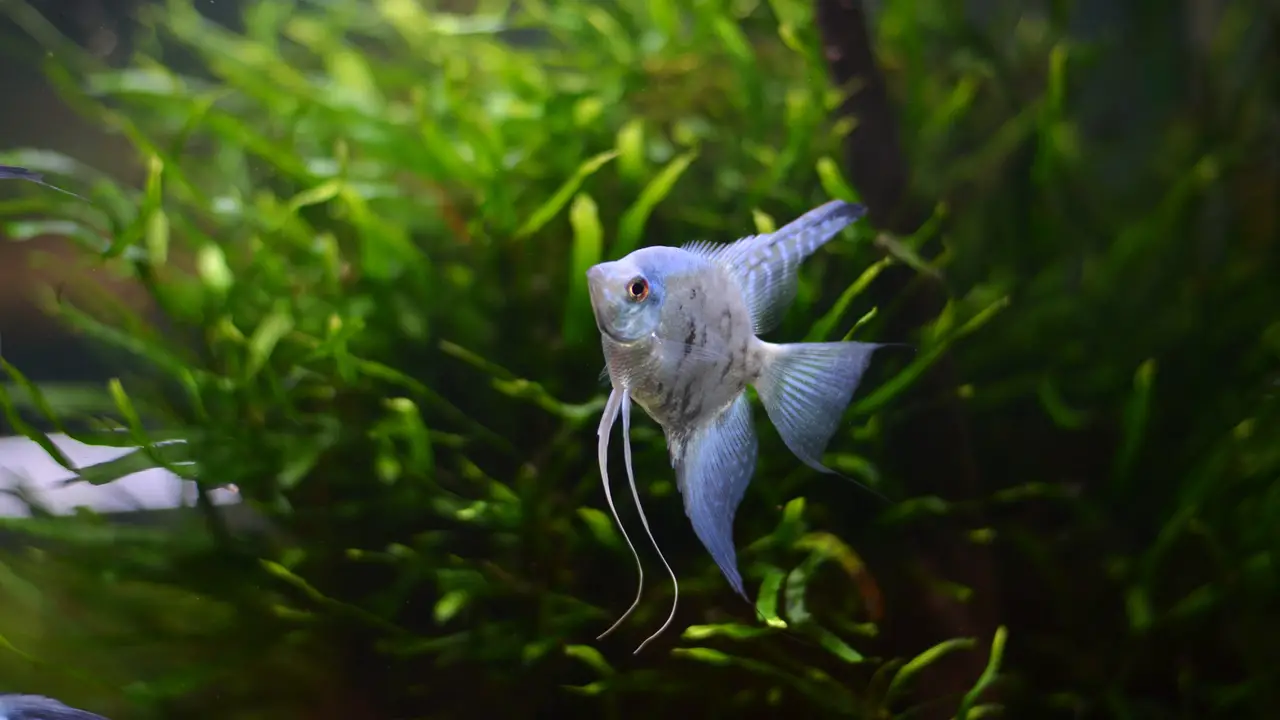
To ensure a smooth transition for your fish, follow these steps to add and adjust the water in the new tank. Start by using a de-chlorinator to remove chlorine and other chemicals from the water. When transferring fish to a new tank, it is important to properly add and adjust the water to ensure a smooth transition for your aquatic friends. Here are some steps to follow when adding and adjusting water in the new tank:
- Prepare the water: Start by preparing the water for the new tank. Use a de-chlorinator to remove any harmful chemicals, such as chlorine or chloramine, from tap water. You can also consider using a water conditioner to add essential minerals and nutrients that may be lacking in your tap water.
- Gradually add water: Rather than filling up the new tank all at once, it is best to gradually add the prepared water. This helps to minimize stress on the fish and allows them time to acclimate to their new environment. Add small amounts of water at a time, waiting for it to settle before adding more.
- Monitor temperature and pH: As you add water, make sure to monitor the temperature and pH levels in the new tank. The temperature should be similar to what the fish are used to, and the pH should be within their preferred range. If necessary, use a heater or adjust the pH with appropriate products.
- Allow time for adjustment: Once you have added the water, give your fish some time to adjust before introducing them. This allows them to acclimate to any changes in temperature or pH levels. It is recommended to wait at least 24 hours before transferring your fish into the new tank.
Reusing Equipment From The Old Tank
Reusing equipment from the old tank can be a cost-effective and time-saving option when transferring fish to a new tank. However, cleaning and disinfecting all equipment before the transfer is important to prevent contamination. Additionally, it is essential to check the compatibility of the equipment with the new tank and its inhabitants. If any equipment is worn-out or damaged, it is recommended to upgrade or replace it. Only transfer the necessary equipment for the health and well-being of the fish.
Successfully Placing Your Fish In The New Tank
When transferring fish to a new tank, ensure it is properly prepared by cycling it beforehand. Acclimate your fish gradually to the new water conditions by mixing water from the old and new tanks. Using a fish net, carefully transfer the fish to the new tank to avoid sudden movements or temperature changes. Monitor your fish closely for signs of stress or illness after the transfer. Adding live plants or hiding spots can help them feel more comfortable in their new environment.
Introduce Fish Into The New Environment
When transferring fish to a new tank, it is important to introduce them into the new environment carefully. Sudden changes in water temperature, pH levels, and other water parameters can be stressful for fish and may even lead to shock or illness.
To avoid this, it is recommended to acclimate the fish to the new tank slowly. This can be done by floating the bag containing the fish in the new tank for about 15-20 minutes to allow the water temperatures to equalize. Afterwards, gradually add small amounts of water from the new tank into the bag over a period of time, typically around 30 minutes.
Post-Transfer Care And Maintenance

After transferring your fish to a new tank, it is important to provide them with proper care and maintenance to ensure their health and well-being. Follow a few tips to ensure that your fish adjust well to their new tank and thrive in their new environment. Here are some tips to help you with post-transfer care:
- Monitor water parameters: Keep an eye on the temperature, pH levels, ammonia, nitrite, and nitrate levels in the new tank. Make sure they are within the appropriate range for your specific fish species.
- Maintain water quality: Regularly test the water and perform necessary water changes to keep the tank clean and free from harmful substances. Use a de-chlorinator when adding new water to remove any chlorine or chloramine.
- Gradual acclimation: Allow your fish to acclimate slowly to the new environment by floating them in a bag or container in the new tank for about 15-20 minutes before releasing them. This will help them adjust to the temperature and reduce stress.
- Proper feeding: Feed your fish a balanced diet suitable for their species. Avoid overfeeding as it can lead to poor water quality. Remove any uneaten food after feeding.
- Observe behavior: Pay attention to any changes in behavior or signs of stress or illness, such as loss of appetite, lethargy, or abnormal swimming patterns. Consult with a veterinarian specializing in aquatic animals if you notice any concerning symptoms.
Reducing Ammonia Buildup And Daily Checks
Regularly monitor ammonia levels in the new tank using water test kits. This helps to ensure a healthy environment for your fish. Conduct partial water changes frequently to dilute ammonia concentration, reducing stress and potential fish shock.
Avoid overfeeding, as it can contribute to excess ammonia production from fish waste. Clean and maintain the filter regularly to efficiently remove ammonia and other harmful substances. By taking these daily checks seriously, you can create a safe and stable environment for your fish.
In-Depth Research For A Successful Transfer
When transferring fish to a new tank, in-depth research is crucial for a successful transfer. Start by researching the specific needs of your fish species, including water temperature and pH levels. Properly cleaning and setting up the new tank with the necessary equipment, like a filter and heater, is essential.
Acclimate the fish gradually using a drip or floating their bag in the new tank. Monitor the fish closely during the transition period, making adjustments for their health and comfort. Allow time to establish beneficial bacteria in the new tank before adding more fish.
How Long Should You Wait Before Introducing Fish To A New Tank?
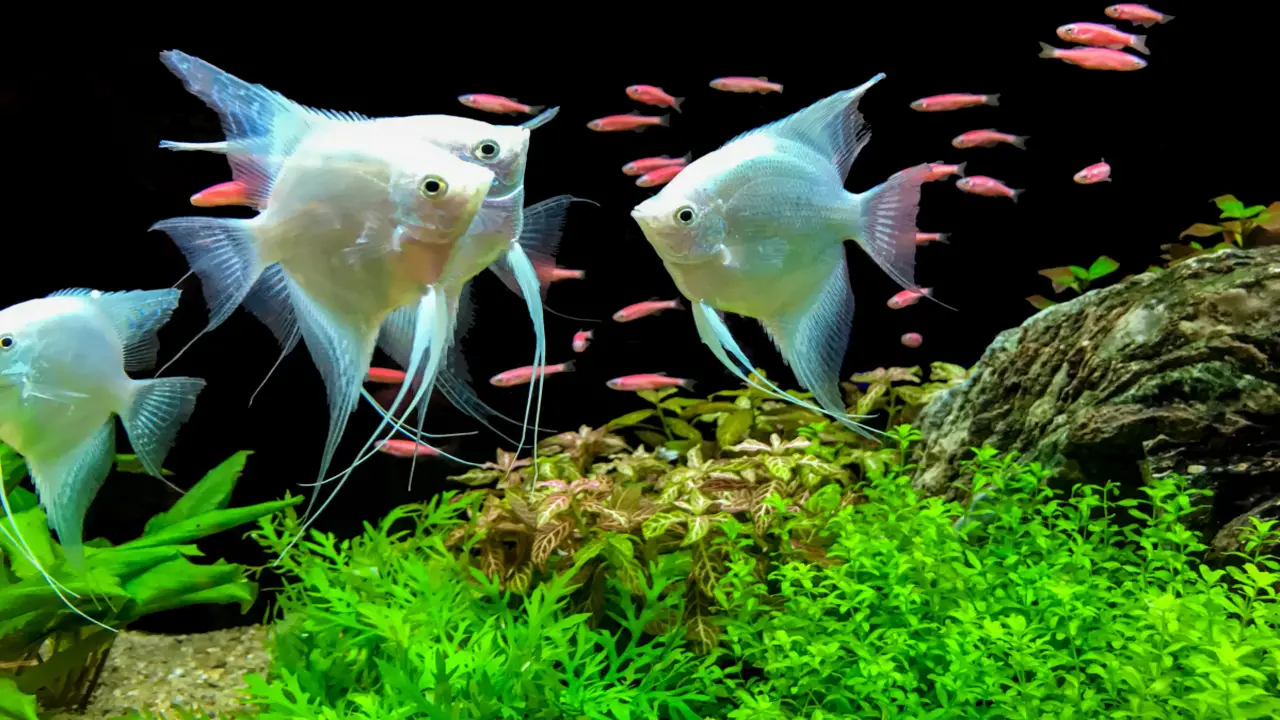
When setting up a new fish tank, waiting for at least 24 hours before introducing any fish is essential. This waiting time allows the water to stabilize and reach a safe temperature. If you are transferring fish from an existing tank, it is important to acclimate them slowly to avoid shock.
After introducing fish, it is crucial to monitor the water quality closely in the first few weeks to ensure their health and safety. Regularly testing the water parameters like pH, ammonia levels, and nitrate levels can help you maintain a healthy environment for your aquatic pets. Additionally, performing partial water changes on a regular basis can help keep the water clean and prevent the buildup of harmful toxins.
Handling Aggressive Or Territorial Fish During The Transfer
Handling aggressive or territorial fish during the transfer can be challenging and require careful planning and execution. It is essential to prioritize the fish’s and the handler’s safety during this process.
One effective strategy is to use a net or a specialized container to gently catch the fish without causing them unnecessary stress or harm. It is essential to approach the fish slowly and cautiously. This will allow them to adjust to your presence before attempting any physical contact.
If possible, it is advisable to wear protective gloves or use tools specifically designed for handling aggressive fish. It is also crucial to have a well-prepared destination tank ready, ensuring that it is properly set up with appropriate hiding spots and adequate space for each fish.
Common Mistakes To Avoid When Transferring Fish
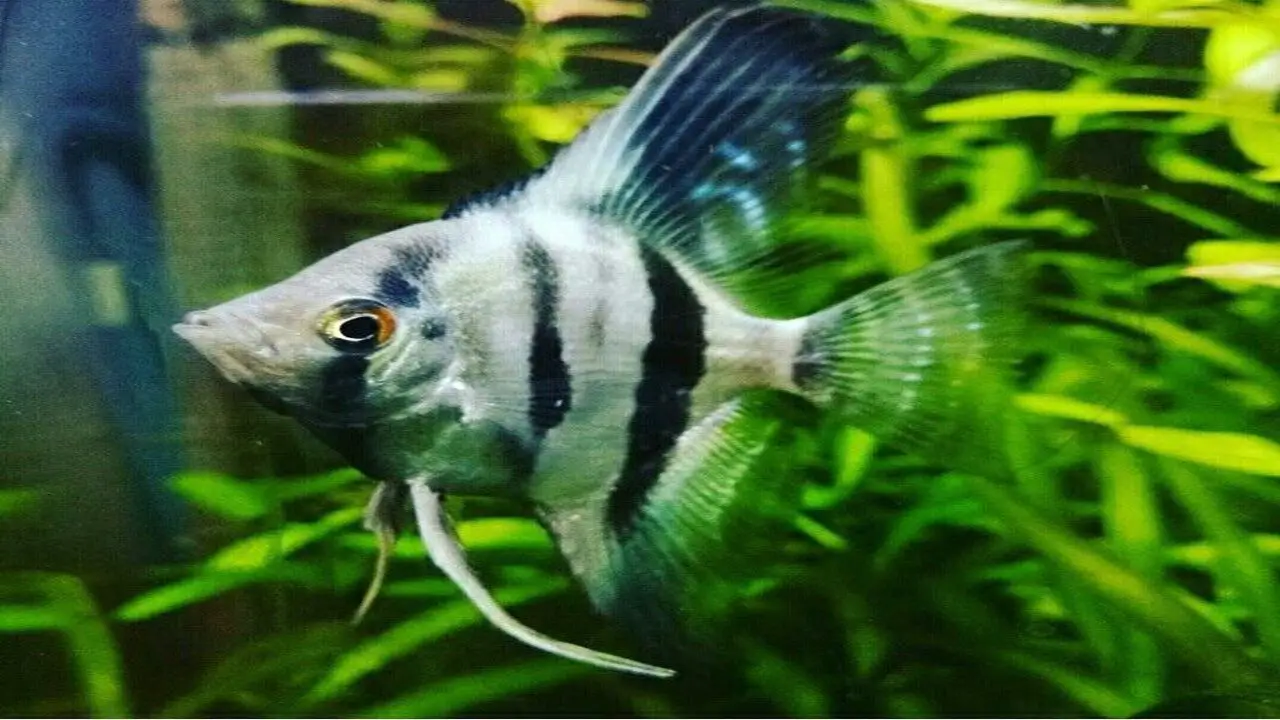
Transferring fish to a new tank can be a delicate process that requires careful planning and execution. To ensure a smooth transition for your finned friends, it’s important to avoid some common mistakes.
First and foremost, never transfer fish directly from one tank to another without acclimating them properly. Sudden changes in water temperature, pH levels, or other water parameters can cause stress and even harm to the fish. Instead, take the time to gradually adjust their environment by floating the bag or container they are in on the surface of the new tank and slowly adding small amounts of the new tank water over a period of time.
Additionally, make sure that both tanks are fully cycled and have stable water conditions before attempting any transfers. This will minimize stress on the fish and reduce the risk of ammonia spikes or other harmful fluctuations in water quality. By avoiding these common mistakes and taking proper precautions. You can help ensure a successful transition for your fish to their new home.
Conclusion
Transferring your fish from one tank to another may seem like a difficult task at first, but with a little bit of preparation and care, it doesn’t have to be a stressful experience for you or your fish. In the above guideline, we will explore transferring fish to new tank. Start by researching the process, gather the necessary supplies, and give yourself plenty of time to complete the task.
Regarding the actual transfer, remember to move slowly, take frequent breaks, and keep an eye on your fish’s behavior. Monitor the water parameters as often as you can, and if you need to, make adjustments to the water chemistry to ensure your fish’s safety. Also, don’t forget to provide a safe and secure environment for your fish during the transfer, such as a plastic bag or container.
Frequently Asked Questions
Can I Transfer Fish From One Tank To Another?
Yes, you can safely transfer fish from one tank to another. Take precautions by acclimating them slowly to new water conditions and using a net to transfer them gently. Monitor the fish closely for signs of stress or illness after the transfer.
What Is The Best Way To Transfer Fish From One Tank To Another?
Using a net is the best way to transfer fish from one tank to another. Acclimate the fish to the new water temperature for 15-30 minutes before transferring. Avoid adding water from the old tank, which may contain harmful bacteria or parasites.
How Do You Transfer Fish Safely?
To transfer fish safely, gradually acclimate them by adding small amounts of water from the new tank to their container. Use a net to gently move them from the old tank to the new one, ensuring matching temperature and pH levels.
What Do You Need To Know Before You Buy A Fish Tank?
Considering purchasing a fish tank? Here are some key factors: tank size and fish compatibility, ideal location, filtration system research, and budget planning for setup and maintenance costs.
What Are The Best Filters For Tanks?
Hang-on-back, canister, and sponge filters are among the best tank options. The choice depends on factors like tank size, fish type, and specific needs. Consider flow rate, media capacity, and ease of maintenance when selecting the best filter for your tank.

Aquarium passion is all about connecting with the aquatic life and providing education to the public on the importance of these creatures. We showcase a wide variety of marine life through our exhibits as well as working with schools to provide unique learning opportunities for students of all ages.


